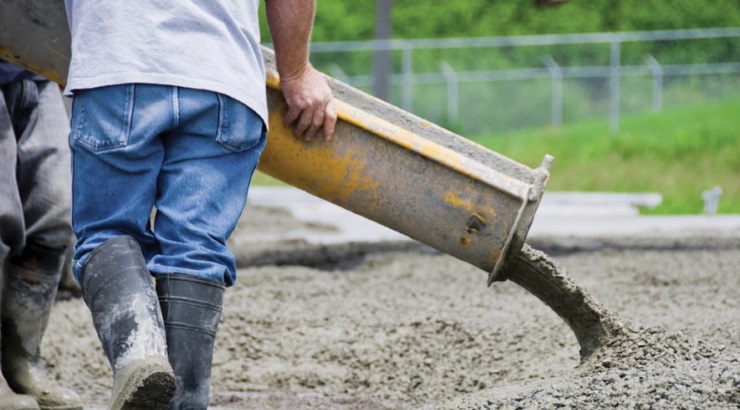Industry News
Profits Shrink as Kenya’s Cement Giants Struggle
Influx of cheap Asian imports has undermined local manufacturers’ profitability.

Kenyan cement manufacturers are facing tough times as sluggish demand for construction material as well as an influx of cheaper imports from Asia undermine their profitability.
Although most of the local cement firms are not listed on the Nairobi Securities Exchange and are therefore not obliged to disclose their financial statements, the dismal performance of listed firms has painted a grim picture of the key sub-sector of the economy.
ARM Cement, Kenya’s third largest cement manufacturer, has issued a profit warning for the 2017 financial year, meaning that the company – which has been in the red since 2015 – expects to post a loss of at least Sh3.5 billion.
The company on September 1 last year said its net loss in the six months to June 30, 2017, deepened nearly five-fold to Sh1.41 billion from Sh266.78 million in June 2016 on reduced sales. During the period under review, total revenue declined 19.79 per cent to Sh1.32 billion.
Equally affected is East African Portland Cement Company (EAPCC), which last month said its net loss for the six months to December worsened nearly four times to Sh969.6 million on lower revenues.
The State-controlled cement maker saw its revenues drop by Sh660 million to Sh3.06 billion, with its directors attributing the drop to economic slowdown.
“Revenue declined by 18 per cent due to slow market uptake on account of prolonged political activity which dampened investment decisions and thus slowed down economic activities,” EAPCC said.
Kenya’s largest cement maker Bamburi has also posted unimpressive results. The company recently said that its net profit for the year to December 2017 fell by Sh3.9 billion to Sh1.97 billion on lower sales in the local market.
Bamburi Cement closed last year with Sh35.9 billion in revenues, which is six per cent lower than the Sh38.3 billion posted in 2016.
RELATED: Listed Cement Firms Post Huge Losses as New Rivals Flourish
According to the Kenya Economic Survey 2018, cement consumption fell 8.2 per cent in 2017 to 5.8 million tonnes from 6.3 million tonnes in 2016.
On the other hand, cement production declined 7.2 per cent to 6.2 million tonnes from the 6.7 million tonnes produced in 2016.
During the period under review the building and construction sector, which comprises buildings, roads and railways, grew 8.6 per cent compared with 9.8 per cent in 2016 and 13.9 per cent a year earlier.
In addition to the dwindling demand for cement in the local market, local firms are also grappling with the falling demand in the regional market.
According to the survey, total cement exports to Uganda and Tanzania dropped further from 420.2 thousand tonnes in 2016 to 387.6 thousand tonnes last year, which was the lowest export in the last five years.
“Total exports of cement contracted further by 7.6 per cent in 2017 after recording a drop of 38.3 per cent in 2016,” the Kenya Economy Survey 2018 says.
Exports to all other countries apart from Uganda and Tanzania dropped to 89.1 thousand tonnes last year from 95.4 thousand tonnes in 2016 and 194.2 thousand tonnes in 2015.
Although the drop is largely attributed to encroachment in strategic market segments by Asian products, local factors like taxation, new competing industries in export markets and instability in South Sudan have contributed to the slowdown of exports.
RELATED: Cement Prices in Kenya
Cement from China, India and Pakistan, some of the inferior quality, have flooded the regional market, threatening to drive local firms out of business.
Dangote Cement, which produces cheaper cement in Ethiopia and Tanzania, has also grabbed a huge chunk of the Kenyan firms’ regional market.
Kenya relies on Africa to absorb more than 40 per cent of its manufactured cement.
Established local firms are also contending with new cement firms that are quickly eating into their market share.
This has seen the companies engaging in fierce battles for customers, leading to a significant weakening of cement prices.
A study conducted last August found that Mombasa Cement held a market share of 15.8 per cent behind Bamburi, which controlled 32.6 per cent of the market at the end of 2016.
The company that began operations in 2007 has dislodged EAPCC from the second to the third position with a market share of 15.1 per cent slightly ahead of Savanna Cement.














